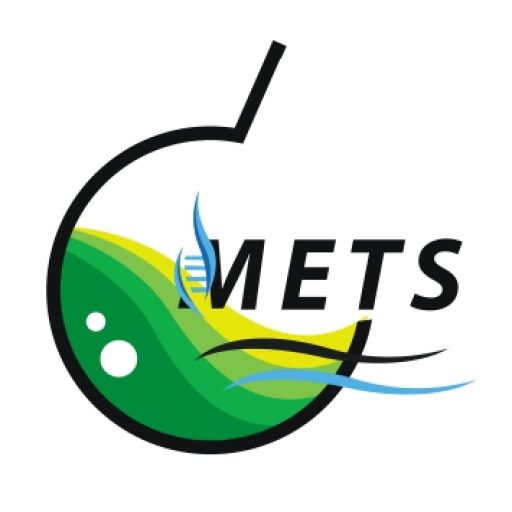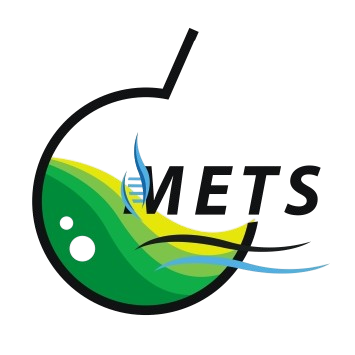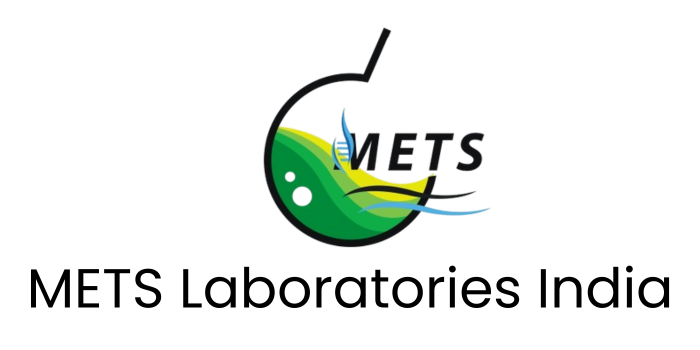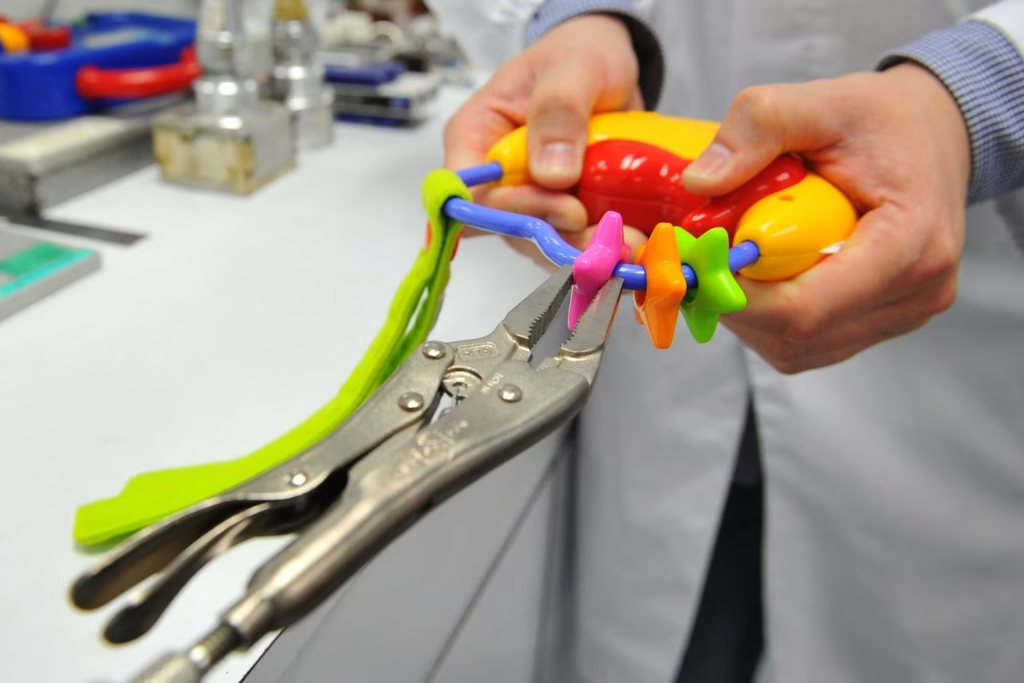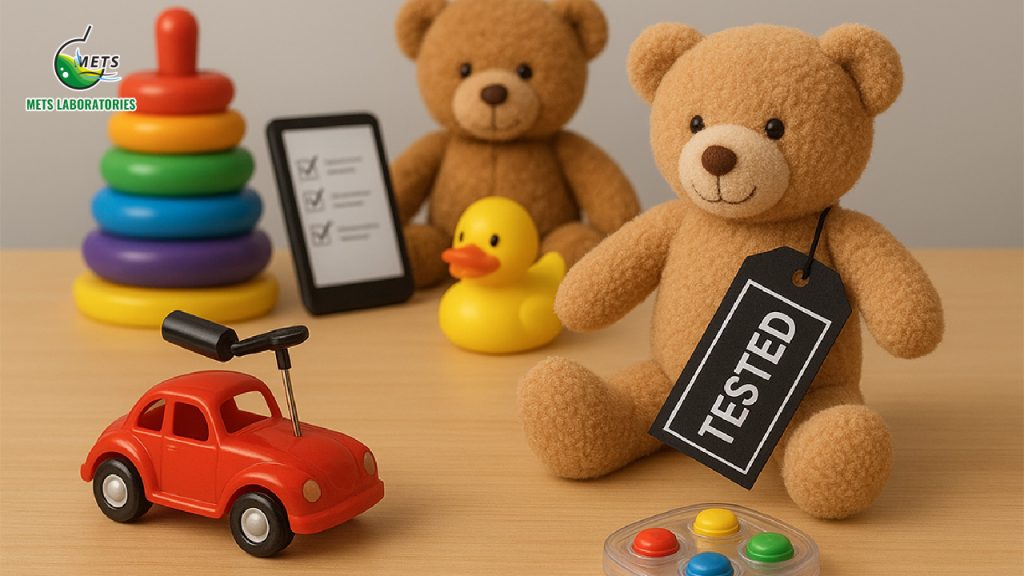
Toys and Similar Products Testing – METS Laboratories
Toy testing is the process of evaluating toys to ensure they are safe, reliable and comply with relevant safety standard before they are released to the market. This process involves various test to identify potential hazards and ensure the toy is suitable for its intended age group.
Meeting specific safety standard set regulations bodies like the bureau of Indian standard (bis) or international standard like EN 71 (eureope) and ASTM F963 (US)
Importance of Toy Testing
Toy testing is a crucial process that ensure the safety, quality and compliance of toy before they reach the market. It plays a pivotal role in creating , producting and selling toys, especially considering the impredictable nature of children’s play patterns.
Ensuring child safety The primary purpose of toy testing is to protect children from potential hazards and risks. Tests identify danger such as sharpe edges, small parts that could be chocking hazards , toxic chemical like leads or phthalates, and flammable material. This helps to prevents accidents, injuries, illnesses and even fatalities associated with defective toys.
Regulatory Compliance Many countries have established strict safety requirement and standard that manufactures must comply with before selling toys in their market. Toy testing helps manufactures ensure that their products meet these specific regulation such as EN 71 (EUROPE), ASTM F963 (USA), ISO 8124 (INTERNATIONAL) and BIS IS 9873 (INDIA). This helps avoid fines, recalls, and potential damage to a company is reputation.
Building Consumer Trust parents and guardians reply on toy manufacture to provide safe products for their children. Toy testing gives parents the confidence that the they buy are safe , appropriate for their child’s age and development stage , and free from harmful material.This foster trust in manufacture’s brand and the toy industry as a whole.
Driving improvement and innovation By identifying potential risk or weaknesses in product design , toy testing encourages manufactures to innovate and improves their manufacturing process. This leads to the development of safer and better quality toys for children stimulating innovation within the industry.
Protecting manufacture’s reputation Unsafe toys can significantly harm a manufacturing ‘s reputation and credibility. Toy testing allows manufactures to identify and address potential risk before a product enters the market, preventing potential negative publicity and costly recalls.
Purpose of Toy Testing
- The primary purpose of toy testing is to ensure safety and quality of toy , particularly those designed for children , before they reach consumer
- Ensuring child safety protecting against hazards testing identifies and prevents potential hazards such as sharp edges, small parts that could be choking hazards, toxic material and electrical risk.
- Preventing injuries and health issues by ensuring toy meet safety standard,testing helps minimize the risk of injuries, accidents, and exposure to harmful chemical, which can cause developmental problems or other health concerns especially in infants and young children who are more vulnerable.
- Flammability assessment flammability testing helps ensure toys made from fabric or other potentially flammable material meets safety standards, reducing the risk of fire hazards.
- Durability and strength mechanical and physical test assess a toy’s strength, durability and resistance to damage from impact,tension, compression and other potential forces enerted during play.
- Ensuring regulatory compliance meeting international standard toy testing helps manufacturers comply with mandatory safety standard regulations in various countries, such as ASTM F963 (USA), EN 71 (EU), ISO 8124 and IS 9873 (INDIA).
- Facilitating market access passing required safety test and obtaining certification like the CE mark (for euerope) or the UL toy safety certified mark (USA)demonstrates compliance and manufactures to sell their products legally in differents market.
Types of Toy Testing
Toy testing encompasses various evaluations to ensure products are safe and suitable for children. These test can be broadly categorized into mechanical, chemical, electrical, flammability and age appropriateness assessments.
Mechanical testing focuses on physical durability and safety
# small part test checks for parts that could be chocking hazards for young children.
# sharp edge and point test identifies potential acuration hazards from edges and points on toys.
# durability and strength tests assess how well the toy can withstand normal use and potential abuse.
#abuse test simulates rough play to identify weakness in the toy’s construction.
# tensile,Torzes,Impact and compression test evaluate the strength of different part of toy under various forces
# noise test ensure that noise level produced by the toy are not harmful to a child’s hearing
Chemical testing identifies harmful substance like lead or phthalates
#lead, phthalates and other toxic substance analysis identifies and quanties harmful substance in the toy’s material.
#phthalates testing for phthalates, which are plasticizers that can be harmful.
#other harmful substance anlyzing for other potentially toxic chemical test
Electrical safety tests are crucial for electronic toys
# electrical safety tests for electrical hazards in battery operated toy or toys with elrctrical components
# EMC testing ensures the toys doesn’t interface with other electronic devices
# radio transmission testing evaluates the safety of toy with radio frequency capabiliy
Flammability tests assess fire resistance
# flammability resistance evaluates how well the toy resists catching fire
# specific materials tests for flammabllity of silids and the flashpoint of volatile material.
Age appropriateness test ensures the toy is suitable for the intended age group
# acoustic testing measures the sound level of toy to ensure they are not too loud
# microbiological testing check for the presence of bacterial or other harmful microganism
# risk assessment identifies potential hazards and assesss the likelihood of harm
# packing testing examines the safety and suitability of toy packing
# age grading evaluation ensures the toy is appropriate for intended age range
# hygiene testing evaluates the cleanliness and potential
What METS Laboratories Offers?
- QAI accredited, METS LABORTORIES INDIA PVT. LTD. can test to a variety of the established methods (e.g. ISO,SASO,GSO,GB/T,ASTMD,AATCC ) and standards set by specific organisations
- Our lab tests a wide range of products, materials and components to assess and affirm standards and specifications, or for regulatory compliance. Our team are happy to offer advice and guidance to ensure the right testing is undertaken
- Our dedicated, experienced, and friendly team are here to help – with expert knowledge and guidance, and top-of-the-line fabric, product, material and textile testing capabilities and technologies within our laboratories
- Product evaluation for appearance, quality and performance. Technical support network to answer questions, interpret results, and help manage your quality assurance program
- Participating in inter-laboratory proficiency testing &/or inter-laboratory comparisons
- Maintaining customer confidentiality by considering it proprietary information
- Accredited testing in accordance with ISO/IEC 17025: 2017
- One-stop solution for all toy safety requirements
- Quick turnaround time & transparent reporting
- Pre-compliance & advisory support
- Customized testing packages for small and large manufacturers
What We Ensure?
Who It’s For?
Protect Consumers. Satisfy Authorities. Boost Market Confidence.
METS Laboratories helps you:
- Protect children from unsafe toys
- Comply with BIS, ISO, ASTM, and EN standards
- Minimize risk of recalls and regulatory penalties
- Enter domestic and global markets with assurance
- Demonstrate your commitment to quality and safety
Frequently Asked Questions
Is toy testing mandatory in India?
Yes. As per the Toys (Quality Control) Order, 2020 by DPIIT, all toys must be BIS certified and tested at BIS recognized labs.
How long does testing take?
Typically, 5–7 working days depending on the type and number of tests required.
Do I need to test every batch?
Routine testing may be needed for compliance and quality assurance, especially when changing suppliers or materials.
What is the minimum quantity of samples needed?
Sample quantity depends on the tests requested but typically ranges between 3 to 10 units per model.
Can you help with BIS certification?
Yes. We provide technical guidance and testing support for BIS CRS registration.
